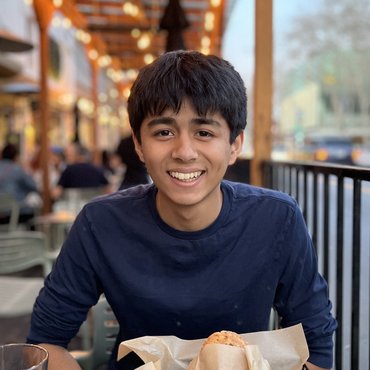
Max Klotz, '20
Flying solo at the Santa Lucia Conservancy
When I made it to the trailhead, Hall’s Ridge was still blanketed in mist. I couldn’t see 15 feet from me, let alone the views down into the valleys on either side of the ridge. I used the delay to organize my photos and make sure I knew the location of each photo point, places with distinctive landmarks that could provide a record for evaluating vegetation changes over time.
The morning mist quickly gave way to sun as, seemingly in minutes, the fog layer around me burned off to reveal views all the way to Monterey Bay. Now having the visibility necessary to capture my photographs, I set off on the trail. I spent the rest of the day hiking and taking pictures, not just of my photo points, but also of the hawks and vultures that circled by the trail.
My project at the Santa Lucia Conservancy in Carmel consisted of selecting and replicating historical photographs of the Santa Lucia Preserve to show the land’s changes over time as part of broader ecological conservation efforts. The process for obtaining repeat photographs of each historical picture was intricate. First, I had to carefully select historical photographs that featured distinctive landmarks in the preserve. Then I worked with my supervisor to identify the approximate locations of each historic photo point and map them using waypoints on the MapItFast software. Finding the exact location for each historical photograph and taking current pictures with the same framing were the final and most challenging steps. I had been struck by the beauty of some of the historical photographs on Hall’s Ridge, so I was excited to explore the area. Early on in my internship at the Santa Lucia Conservancy, I had mostly explored the preserve with other employees, but as my project progressed, I came to enjoy the meditative nature of the days I spent on my own. I set out in a company truck with my water, lunch, camera, and stack of historical photographs. Several weeks into my project, I began to make my way around the different photo locations on the preserve to capture what those photo points look like now. In the process of driving and hiking from place to place in search of historic photo locations, I started to become familiar with the land and its intricacies.

As I looked at my photographs at the end of the summer, I realized the project had shown intriguing results. There had been dramatic changes in some areas of the preserve and a dramatic lack of change in others. Through photography, I was able to track brush encroachment on grasslands, lands recovering from fire treatment, and other broad changes over the course of decades.
This hands-on Cardinal Quarter experience has given me an understanding of the power of combining ecological studies with creative work, as well as a desire to continue to use these tools throughout my career.


